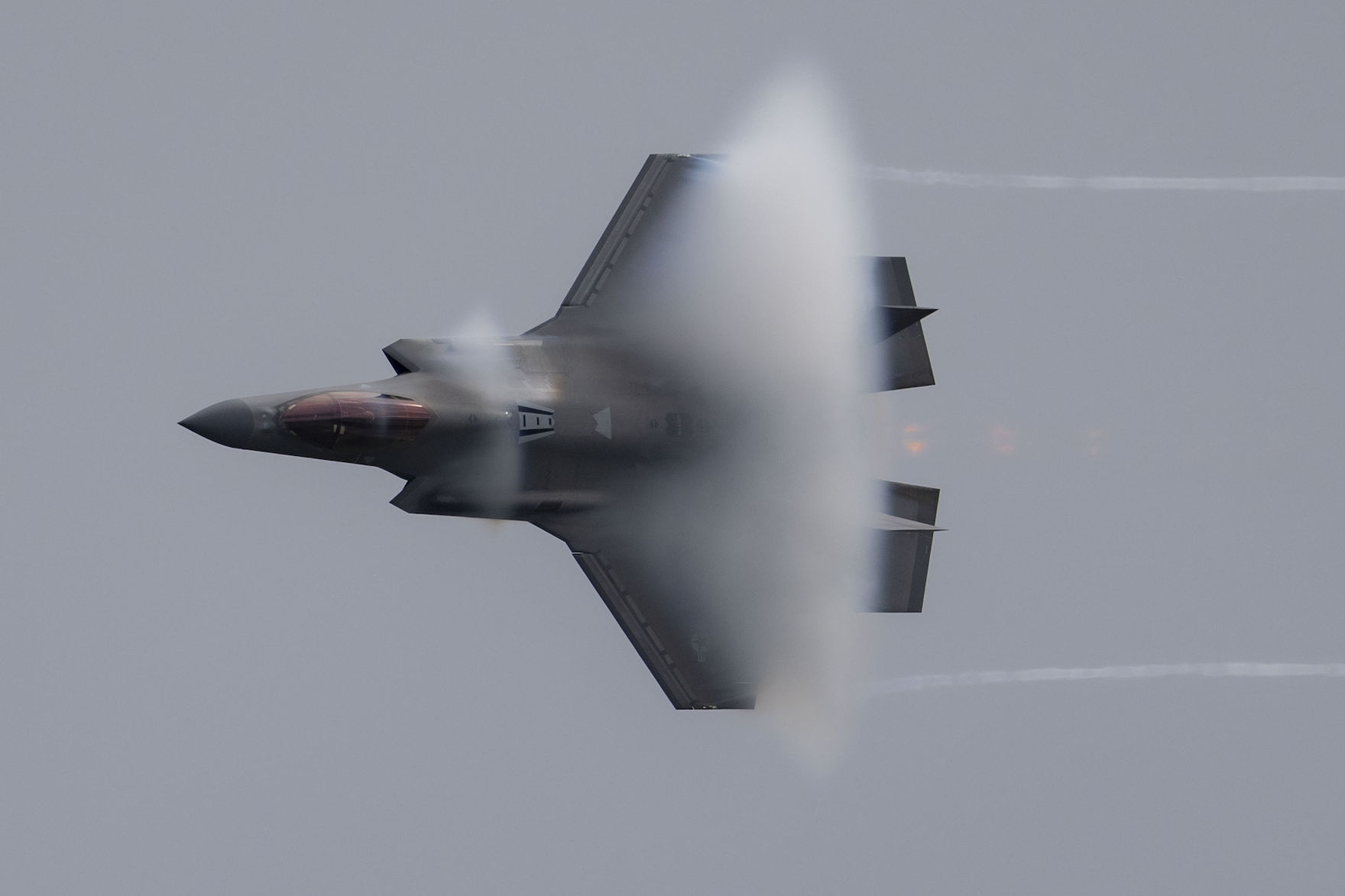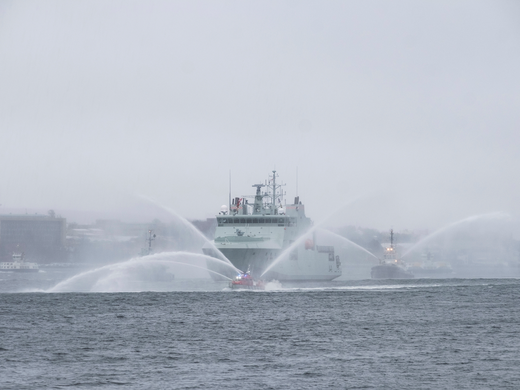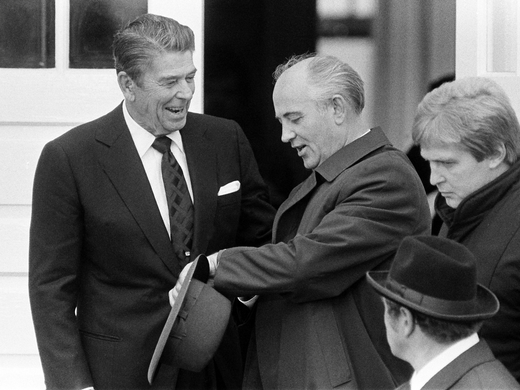Is Canada finally beginning to arm itself against the new era of geopolitical disorder? The dollar figures in the federal government’s new defence policy, reprised in Tuesday’s budget, suggest so. But a closer look indicates otherwise. Greater urgency and speed are needed.
Consider, first, the tenor of the Department of National Defence’s updated policy, titled Our North, Strong and Free: A Renewed Vision for Canada’s Defence, which updates 2017’s Strong, Secure, Engaged (in which, full disclosure, I had a hand while working in the Prime Minister’s Office). As far as that goes, this update gets full marks.
In stark terms, the document outlines the dizzying scope of new threats, whether in the cyber domain, in space, from artificial intelligence (AI), from hypersonic missiles and from drones. Meanwhile Russia, China, Iran and North Korea are moving and acting together, as an authoritarian bloc.
These four are not quite presented as the new Axis versus the Allied powers, but there’s more than a whiff of that. Whether in the cyber domain, in Ukraine, in the Pacific or in the Middle East, those authoritarian powers have been the democratic West’s principal strategic adversaries for years. It’s high time this was made explicit.
“Through their actions,” the policy states, “they normalize the use of violence, coercion and intimidation to achieve their political ambitions. These efforts and the increasing cooperation among them allow them to share military technologies and resources and direct them at democratic states.”
Not only are new battle lines drawn, but the broader context is mapped as well. Irreversible impacts of climate change, technological interconnectedness, our growing dependence on the internet, satellites and cloud computing, AI and pandemic risk all are presented as part of the rationale for a more robust defence. In essence, the document acknowledges what security experts have long been saying: Global disorder is the new normal. It will be with us for some time.
The evidence for this is voluminous and incontrovertible. Most recently, the Centre for International Governance Innovation has published research that quantifies this reality based on demographic, economic and fiscal indicators. Among the more intriguing findings is that no likely economic path has China overtaking the United States in terms of global influence, between now and 2040. And all likely paths project a sharp decline in global population growth over the same period, including in China.
This is worrying because declining population growth is a precursor to declining economic power, which in turn means declining military might, and also a tendency to lash out. As the American political scientist Michael Beckley has noted, there is a lengthy historical pattern of rising powers becoming expansionist when their initial economic boom slows. In a prolonged multipolar interregnum between the US-led order that followed the Second World War, and whatever comes next, threats will continue to multiply. A capable military is essential to national survival.
Which brings us back to the federal defence update, and its raft of new spending, with $8.1 billion in additional funding by 2029–2030, by which time Canada’s military spending will reach just under 1.8 percent of GDP, with steady increases adding up to $72.3 billion by 2043–2044. Commitments include ramping up recruitment, revamping procurement, new submarines for the Arctic, tactical helicopters, new vehicles and long-range missiles, drones, a new Canadian Cyber Command and more. There is a laudable commitment to developing reserves of ammunition.
The commitment — as was a prior promise, from 2022, to spend $38 billion on NORAD modernization over 20 years — is all to the good.
But the elephant in the room, when it comes to federal defence commitments, is that we’ve seen these before, from both major governing parties, with disappointing results. The purchase of new fighter jets for the Royal Canadian Air Force was first announced in July 2010. The rebuild of the Royal Canadian Navy’s surface combatants, replacements for the 1980s-era frigates, was first announced in the fall of 2011. And the vast majority of funding outlined in the updated policy statement will be up to future governments. Net incremental new spending in 2024–2025 is just $612 million.
There was a moment, not long ago, when Canadian military preparedness advanced at a wartime pace — when Canadian soldiers were fighting and dying in Afghanistan. From 2005 through 2010, the governments of Canada — initially Liberal, then Conservative — set about getting our soldiers the kit and equipment they needed. In short order, the Canadian Armed Forces acquired Chinook helicopters, Boeing C-17s and Hercules C-130 transports. It is possible.
The great risk in building up Canada’s defences at a leisurely, peacetime rate, is that the days of leisurely, peacetime stability are over. The update can be counted as progress. But it needs a major infusion of ambition.
This piece was first published in The Line.



